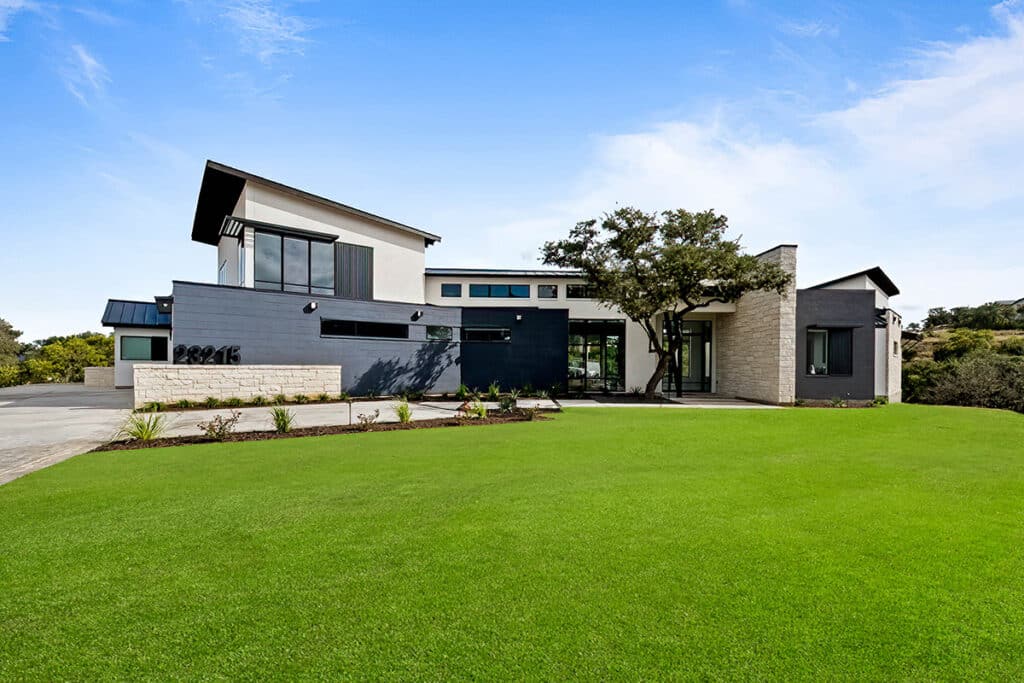Pick easy-to-grow vegetables for a productive summer of gardening.
For South Texas residents, our climate allows for gardening pretty much year round — except in the height of summer. July and August are typically our hottest months, and not many vegetables can survive the relentless heat and sun. Most summer crops grown elsewhere are planted locally in springtime so lettuce and other tender leafy greens can mature before temperatures soar.
But easy summer gardening does exist. The key is to choose food crops that thrive under these challenging conditions. The bonus with many of these plants is that you can grow them in containers or tucked among existing landscape. Choosing pretty flowering plants in your landscape that also produce food in the hottest part of the year makes for easy summer gardening in South Texas.
A good rule to remember is that vegetables need full sun and well-drained soil to do well.
If your summer travel schedule prevents you from attending to your garden, there’s always fall vegetable gardening, which for us begins in late summer. Gardening in the fall means getting crops to mature before winter frosts begin, around Nov. 25 at the earliest. Most tomatoes, peppers and eggplants require around 100 days to harvest. Use Aug. 17 as a starting point for when to transplant these crops into the ground. For other typical hot weather vegetables such as beans, squashes, pumpkins, cucumbers and Swiss chard, plant those seeds directly into the ground around Aug. 12.
Here are some suggestions to get you started growing easy summer food crops in your South Texas garden:
Okra
This warm-season vegetable can be eaten in many ways, including boiled, fried, pickled and cooked in soups, gumbos and casseroles. The best okra varieties to grow in Texas are Annie Oakley (Compact), Blondy (Compact), Burgundy, Cajun Delight, Clemson Spineless, Emerald, Lee, Louisiana Green, Stewart’s Zeebest (Heirloom) and Velvet.
Many grow okra for the large yellow flowers the plants produce about two months after planting. Harvest the okra pods when they are ready for picking three to four days later. Regular picking will help keep the plants producing both flowers and okra. Okra seed is easily saved for next year by letting some of the last pods on the plant grow until large. Remove pods and dry, then save seeds for next summer.
Amaranth
A stunning ornamental plant for landscaping, amaranth is both edible and easy to grow. Sturdy plants can grow over 6 feet tall, depending on the variety. Varieties to try include Green Calaloo Amaranth, Elena’s Rojo Amaranth and Hopi Red Dye Amaranth.
Sow amaranth throughout the summer, watering occasionally until established. The plant leaves and seeds are edible and packed with protein. Amaranth keeps producing all summer long no matter how hot it gets, providing plenty of young leaves to use in salads or older leaves for cooked dishes. A popular vegetable in many countries, the light green leaves are great in stews, stir-fries and soups. Its taste can be a bit bland, so it takes well to assertive seasoning. The leaves freeze beautifully — blanch the leaves, then drain and freeze.
Amaranth seeds mature over a long period, so stalk heads must be collected several times for best production. The stalks can be cut and hung upside-down indoors, then collect seeds on a tarp as they fall, threshing and winnowing seeds once the seed heads are dry. They are prolific re-seeders, so you can save some seed or watch for volunteer amaranth sprouting nearby next year.
Malabar Spinach
This beautiful, heat-loving Asian vine is not a true spinach but a different species, basella rubra. Its succulent leaves are great in salads and stir-fries. Grown as an annual, the leaves are tasty both raw and cooked. Rich in vitamins A, C, iron and calcium, Malabar spinach does well in heat and humidity, its thick leaves not bothered by pests.
The Alba variety has white flowers and green vines, while the Rubra Malabar spinach has pinkish flowers and purplish red vines. Like okra and amaranth, Malabar spinach can be grown in a large patio pot as long as it has a tall trellis to climb. If grown in a large hanging pot, the vines can spill over until harvest time.
Bronze Fennel
Bronze fennel is a tough plant, with both aromatic leaves and seeds that are used in dishes throughout the Mediterranean. Black Swallowtail caterpillars love this plant, so do not pick off the distinctive black, white and yellow caterpillars. The foliage is also used as an accent in flower arrangements and lasts a long time.
Choose the spot to plant bronze fennel carefully, as it is a prolific perennial. One plant can easily grow into a 3-foot-wide patch over time! Harvest the bulb and slice into quarters to allow for easy removal of the tough inner core. Thinly slice the remaining fennel and massage a flavorful vinaigrette into the slices. Add thinly sliced apples, and you’ll have a memorable summer salad that lasts a couple of days in the refrigerator.
Web Resources
-https://garden.org/apps/calendar/
-http://bexar-tx.tamu.edu/earth-kind-horticulture/best-plants-for-bexar-county-south-texas/container-gardening-or-porta-growing/
-http://www.flavorsofmumbai.com/amaranth-leaves-sabzi-recipe/
By Iris Gonzalez




